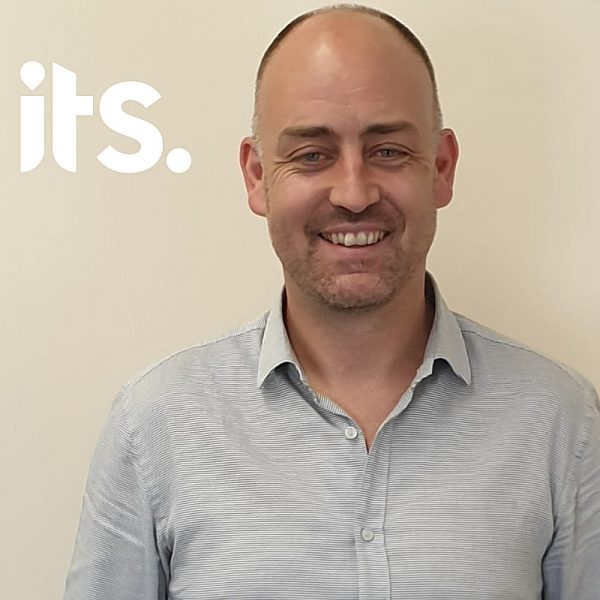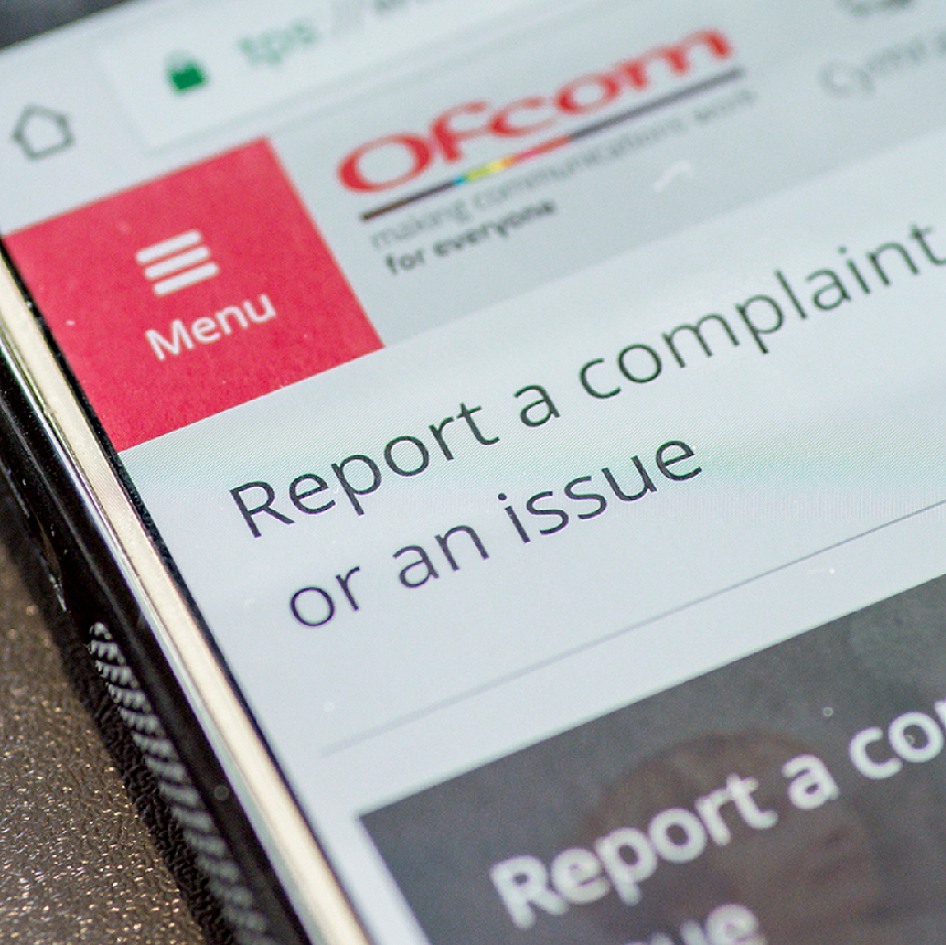ITS Technology – Opportunity and Threat from UK Copper Switch Off

9. The Government recently published their new Online Harms White Paper, which appears to mark a significant shift toward a much more censored internet, where everything from fake news to hate speech and conspiracy theories could, at an extreme, end up being either removed at source or blocked by a broadband ISP.
The rules will focus upon major social networks (Facebook, Twitter etc.) but could also target smaller file-hosting sites, online forums, messaging services and even internet search engines. Smaller sites may struggle to implement effective filtering due to cost and limited human moderation resources (e.g. individual blogs are run by people who simply aren’t awake 24/7 to monitor such things).
One difficulty here is that there can be different interpretations of what is or is not “fake news” and some of the other content category definitions are similarly ambiguous. Suffice to say, many fear that in the race to protect internet users and children from harm we might ultimately sacrifice freedom of speech and expression. What are your thoughts on the recent proposals?
ANSWER:
ITS believes in creating a digital future that encourages wholesome use and the wellbeing of users, and protects the most vulnerable people in society from harm.
As a network provider, we meet our obligations under the telecoms act through our acceptable use policy and ensure our networks are used appropriately. Beyond this, the responsibility falls to content and service providers.
10. In keeping with the above, Government politicians are known to be concerned about the future adoption of DNS over HTTPs (DoH) technology. At present ISPs usually control their own Domain Name Systems (DNS), but the new encrypted DoH solution can be managed by a third-party (e.g. Google’s Chrome website browser) and they may in the future enable it by default.
Politicians are concerned that DoH may hamper their censorship plans and some ISPs are also worried that it could create more problems for their service, such as by hindering the operation of certain features. On the other hand DoH is fundamentally a security and privacy improvement for consumers. What is your perspective on this debate?
ANSWER:
We believe there has been a perceptible shift in where the power base lies in the digital value chain. Up until recently, ISPs controlled customers and network providers controlled the margins of the ISPs. However, the shift now means that this power is in the hands of over the top media and content providers.
We feel this is inevitable, so there needs to be more focus on this part of the market and on the ‘self-regulation’ of content providers i.e. social networks.
11. The Government wants to see nationwide coverage of “full fibre” (FTTP) broadband ISP networks by 2033 and in order to do that they’ve committed nearly £1bn to help foster such networks, such as through targeted investment schemes and vouchers. Do you think this is the right approach to achieve such an aim and, if not, what should they be doing differently?
ANSWER:
We fully support the voucher schemes, as well as grants and other subsidy provision as a way to stimulate demand. I must add though, that in the UK, state aid is often perceived to be a stigma and it shouldn’t. Across the rest of Europe, state aid is seen as a springboard to stimulate markets. The LFFN scheme is a great example of doing it the right way.
There is a clear need for these initiatives. To help further, the government could make the intentions of such schemes, such as public sector anchor tenancy, more straightforward in order to deliver its full fibre vision. Running procurements for grant funded programmes could also be phased, as we are all too aware of the skills shortage in this sector.
For all these reasons, and because of the fast-moving nature of this market, the government should also look at smart alternative financial models that will allow them to invest in innovative commercial schemes, such as asset sharing etc.
12. As part of the aforementioned effort the UK Government has already introduced a 5 year holiday on business rates for new fibre optic lines (effective since April 2017), although Scotland has just introduced a 10 years relief for the same purpose.
At the same time we note that the payback period for FTTP networks can be extremely lengthy, often extending to 10-15 years. Do you think the UK Government should also extend their relief from 5 years to 10 or possibly more?
ANSWER:
Yes, the government should do what it can in this area to offer relief to us altnets who are fulfilling its vision! But seriously, yes it should. Extending the period will give further incentive to build out the networks too, so more communities / businesses / residents will benefit.
13. Openreach and Ofcom have both recently launched consultations on their future approach to switching off old copper networks as part of a phased move toward full fibre FTTP infrastructure. What sort of challenges do you see this as creating in the future for ITS Technology, if any, and how do you think it should be handled?
ANSWER:
The copper switch off is inevitable and we encourage it as fibre or gigabit wireless is the future of connectivity. It presents both opportunity and threat. There is a threat if the incumbent uses its scale and go to market capabilities to try to recreate a monopoly. However, there’s a greater opportunity and place for all as agile altnets continue to accelerate full fibre rollout as copper switches off.
There’s also strong emerging evidence and experience from elsewhere in Europe that we must consider at an early stage. For example, recognising that PSTN switch off to full IP Telephony is different to a copper switch off; also, that full copper switch off should be to the home, not just to the exchange/cabinet.
We’d just like to thank Daren for taking the time out to answer our questions.
Mark is a professional technology writer, IT consultant and computer engineer from Dorset (England), he also founded ISPreview in 1999 and enjoys analysing the latest telecoms and broadband developments. Find me on X (Twitter), Mastodon, Facebook and Linkedin.
« Consumer ISP Choices on Openreach’s UK FTTP Broadband Network
The Project Using Twitter to Map UK 4G, 5G Mobile Hotspots »
Latest UK ISP News
- FTTP (5513)
- BT (3514)
- Politics (2535)
- Openreach (2297)
- Business (2261)
- Building Digital UK (2243)
- FTTC (2043)
- Mobile Broadband (1972)
- Statistics (1788)
- 4G (1663)
- Virgin Media (1619)
- Ofcom Regulation (1460)
- Fibre Optic (1394)
- Wireless Internet (1389)
- FTTH (1381)





























































‘With regards to competition; our view is that DCMS’ FTIR released in 2018, illustrated that in urban areas at least a third, if not more, would be able to sustain 3 or more competing gigabit capable networks; and up to half of premises are likely to be in areas that can support competition between 2 gigabit capable networks.’
This, people, is why CityFibre and Openreach fight in some urban areas while rural ones require subsidies. When people pop up here bemoaning CityFibre / Openreach / Virgin Media overbuilding in urban areas the answer is that this is what it comes down to: some urban areas can support these parallel infrastructures commercially.
The costs and revenues involved really are that radically different between areas. 1/3rd of £500 per premises passed remains a better commercial bet than all of £1800 per premises passed.
As you point out the commercial realities bias the builds towards profitable urban areas. What I like to point out is that it is the regulator’s job to ensure that we don’t end up with ever more disadvantaged rural communities.
While that requires public money to be spent initially, statistics show that the return to society in terms of increased economic activity is much higher in rural areas than urban areas – many rural business are home-based, and although they may be small there are lots of them!.
The issue isn’t getting 100% takeup of £1800 per prem rural builds, the harsh economics of rural coverage is accounting for the 20-30% that have zero interest in being connected. That forces operators to choose between building 100% coverage at a much higher cost or building close enough to keep any final connection cost within reason for the property owner should they want a connection in future.
@ Jim, Are you suggesting that lack of interest is a rural issue ? Or that lack of interest in an already sparse rural setting further impacts the viability.
I’m sure the industry guys have done their math, But using Carls 1 in 3 at 500 Then these ‘lucrative’ areas are actually 1500 per customer, If you’re passing 30,000 properties but getting 30% share due to competition there’s a huge waste of time and money in Overbuild.
People seem to look at it like its a good thing, and yes choice is. But would anyone think that a similar deployment from energy providers was Ok ?
@Gary
In urban deployments you have 1/3 taking service say, but another 1/3 can be in play / churn, but when you build it is no cheaper to skip some houses down a road than it is to cover them.
In rural, you might be tempted to re route if not enough people are going to take service. You might leave capacity to reach them later, but at what cost for the final hookup?
This gets more pronounced the more expensive it is to reach those properties
@ Jim
Aye, I do see the 100% deployment as logical, my point ref wasted time and money is the fact that for an area supporting the cited 3 operators if they have all deployed their own networks that’s a lot of wasted work and equipment. Not wasted in the eyes of the operators as they will be making the required profits, but 2/3 of the installed kit is not really required.
I can have a number of telephone suppliers including 2 LLU but I don’t have 3 phone lines running past my property.
@Gary
That’s the argument for a single access network – ie like other utilities, but it can’t be imposed on the telco sector in the same way.
Unfortunately AltNets need the full retail revenue to make any deployment viable which is why in the 3 operator model you do have say Openreach, Virgin Media & CityFibre/Vodafone/Hyperoptic/Another or similar delivering a cable (of some type) to your door independently of each other.
The logical end point of this is you have Openreach v Virgin in urban, Openreach v “Liberty” (AltNets consolidation) in other areas and Openreach only in other markets.
Personally I can’t see 3 operators being sustainable anywhere
Is take-up in rural areas any less than in urban areas? Are there any public stats on that? I know in my locality the number of land-line broadband users is falling slowly – because more are moving to use 4G (I will drop my ADSL and land-line when the contact is up). I expect that were FTTP available (at the same price as urban areas) there would be an almost 100% take-up.
@Tim
You have to look at takeup by technology or supplier rather than just for broadband – ie Gigaclear takeup sits at around 25-35% even in mature areas.
Openreach FTTP should naturally attract a higher % as you can avoid the reluctance to switch supplier.
I’m surprised take up is that low if these are areas with no FTTC or other superfast availability. I do know that Gigaclear’s business packages aren’t very attractive, and I remember statistics that over 30% of rural homes are also business premises – Gigaclear did tell me some time ago (when they were due to start building in my area) that they would only supply a business connection as I have a business on the same site.
Doesn’t FTTC still rely on the antiquated copper network?
How is this even going to work?
I think the argument regarding the use if the term ‘Full Fibre’ all stems from people who regard themselves as professionals concocting the term in the first place. The question to anyone who actually knows what they are talking about is; Is there any such item and half a fibre or a quarter of a fibre, or any other fractions of a fibre. The answer to this is simple. NO!!! So rather that create ridiculous names for products, why not educate the public so they understand what Fibre to the Premises is, and what Fibre to the Cab is. Then, and only then can we rid the industry of pathetic terminology